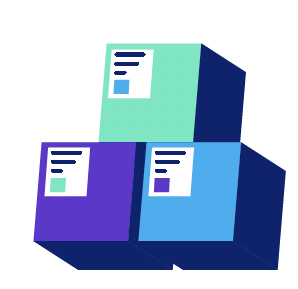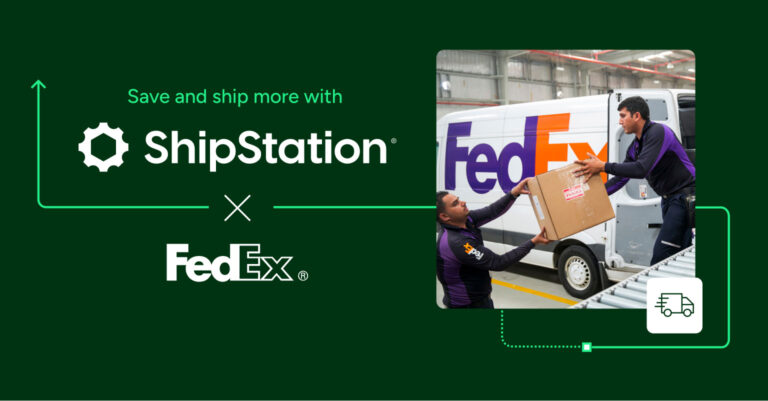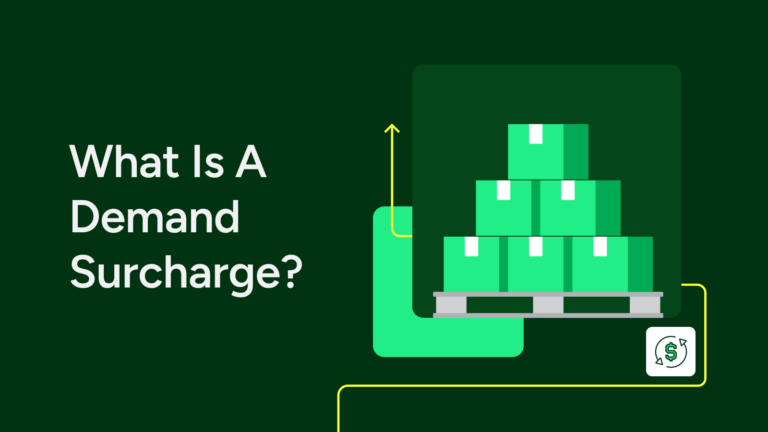How to Reduce eCommerce Shipping Costs

Shipping costs are a major expense for any e-commerce merchant. When you’re first starting out, you may be buying your labels at the post office—hoping to one day have a driver instead hop down out of their truck and come to you to pick up outgoing parcels.
ShipStation knows that shipping can be time-consuming and expensive. But there’s no reason that your business should be held back by something as essential as shipping. When you have to spend less time figuring out how to keep shipping costs low, you can spend more time growing your business. There are a few things you can do to increase your profit margins and gain a competitive edge over your competition:
- Use online shipping
- reduce shipping costs
- Shop around with multiple carriers
Use Multiple Carriers
Having a multi-carrier shipping strategy helps keep costs low. Sometimes, businesses become accustomed to certain shipping services for a given package or destination. However, with rates constantly changing, increased fuel surcharges, and increased discounts, comparing rates lets you find the best shipping services for your parcels.
Use Shipping Software
Using an online shipping platform like ShipStation is the most immediate way you can save money on ecommerce shipping. The difference between the retail prices the post office charges and the Commercial Base rates you pay through shipping software. Even if you only ship several parcels per week, the cost of shipping software can be offset simply through the money you save on postage. Let’s not forget the adage “Time is money.” The time-saving effects of online shipping are also advantageous enough to make the switch.
As with most great tools, shipping software has a bit of a learning curve. It’s hard to hit the ground running with something as complex as ecommerce shipping. If you’ve used things UPS WorldShip or FedEx Shipping Manager, you are on your way. But once you get over that initial hump of learning the tools and features, you’ll wonder how you ever got through the day without it. Comparing calculated rates to find the best shipping method for your orders eventually becomes second nature.
Reuse Packaging
It may seem obvious, but re-using packaging is a great way to cut costs when shipping. Boxes experience wear and tear throughout their lifecycle. And the end consumer typically doesn’t notice the difference between a scuff on the corner of the box coming from its final delivery or if it was from a return shipment that you repurposed. Just make sure that the contents within its protective outer box are safe and sound. Additionally, don’t ever ship a parcel in the manufacturer’s box. This is a great way to get a parcel stolen from a customer’s doorstep. Furthermore, many insurance providers don’t accept claims for shipments in a manufacturer’s box.
Use Cost-Effective Cushioning

Ways to ensure this are to use effective and affordable packing materials such as brown paper fill. Packing peanuts are a thing of the past and bubble wrap is mostly just fun to pop. There are more environmentally sound and affordable ways to transport goods. And at the end of the day, customers just want to get their package in one piece.
Brown paper fill works well because it is malleable and cheap. Simply stuff it in around the fragile contents of the box and make sure that it doesn’t jostle. Void fill is important for fragile material because roads are bumpy and no one’s perfect—you want to make sure any impact or dings don’t happen to your parcel’s contents. Sure, this larger, slightly heavier packaging technique can cause shipping rates to be a tad higher, but it’s a drop in the bucket compared to paying for a return label for broken merchandise.
Add Shipping Costs into Item Price

88% of customers prefer to shop on websites that offer free shipping. Makes sense, right? Well, as an ecommerce seller, you need to find ways to offer free shipping without breaking the bank. The most common way this happens is to inject the shipping costs into the item price. There’s no such thing as a free meal, and there’s no such thing as free shipping—someone’s gotta pay and it’s usually the customer. You have to keep your margins in mind. And if you ship items that are small and inexpensive to ship, a slight price increase may be unnoticeable to the customer. Research your competitors to see how they handle shipping costs, while the cheapest cost usually wins, if you can’t go too low, find a way to spin it more positively. First Class Mail typically doesn’t take more than 3-5 business days to make final delivery. And this is where a shipping software can really come in handy.
Offer “Same Day Shipping” for all orders. This is not the same as “Same Day Delivery” but it’s a good hook for your customers. It just means you’ll ship the order out on the same day as when the customer placed the order. A shipping software can reduce the shipping time so much that you can print the labels from anywhere on earth. Even if you ecommerce isn’t your day job, you can always print labels using something like a mobile app. This will send the customer an email notification and you can ship the parcel when you get home.
Use Carrier Provided Packaging
Carriers incentivize customers to use their more premium services by offering complimentary packagings. As such, these packagings tend to be service-restricted. So, if you get Priority Mail Flat Rate Envelopes, don’t use them with First Class Mail shipments. They will get returned to you.
To see how much time and money you can save, sign up for a free ShipStation trial today


